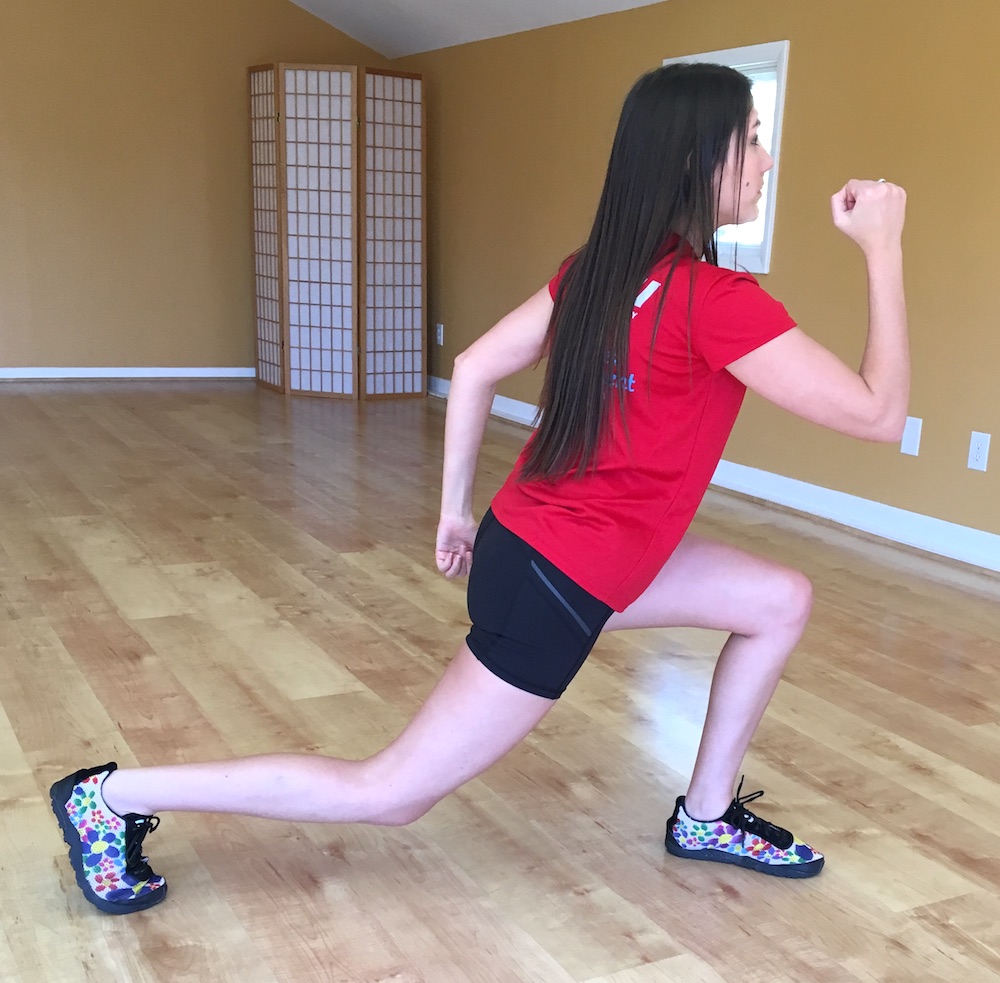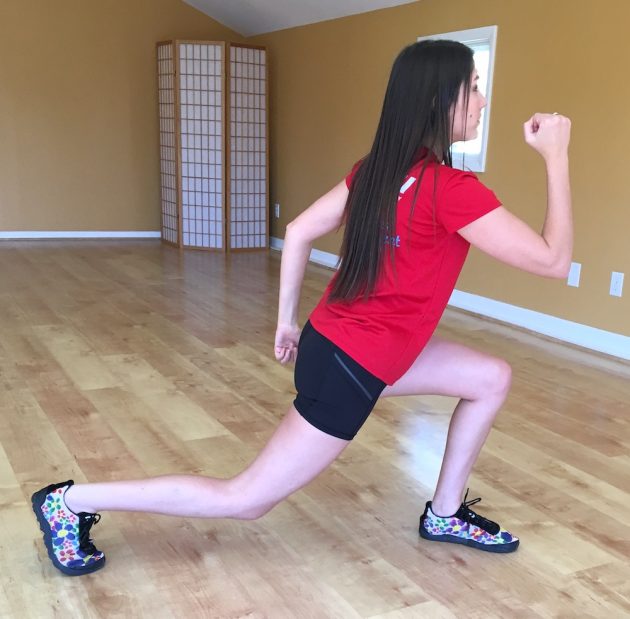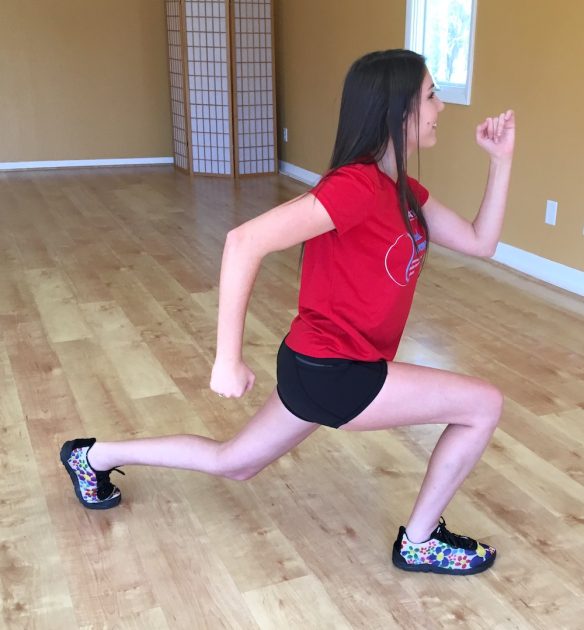By Smruti Shah
Many sports include plyometric training, but it is only within the past decade that its value to distance running has been studied. Plyometrics are high-intensity, high-impact exercises that can aid in producing explosive muscle power. It seems logical that this type of exercise is better suited for sprinters. However, several studies have shown that distance runners can jump and bound their way to improved muscle elasticity and running economy. Improved running economy means you can run longer at a given speed.
What is the best way to fit plyometrics into your training plan? Given the intensity of these exercises, building a foundation of strength training is helpful to avoid injury. I recommend performing a plyometric workout twice a week on easy days in the last 4-6 weeks of training. Allow time for recovery before your race, but no more than a few days as the workout gains fade pretty quickly. Injury risk is high without basic strength, but over time, plyometrics may reduce injury risk due to the development of stronger, more elastic tissues.
The greatest benefit will come from performing exercises that are more similar to running. Choose a softer surface such as grass, clay or dirt track, or a gym mat to absorb impact. Do the workout on an easy day of training and allow time to recover before another hard workout. The key is to make each movement count by focusing on preloading the muscles and exploding up into the exercise.
A beginning program could look something like this:
- Dynamic warm up: check out this one from our partners at Balanced Movement Studio http://balanced-movement.com/2016/02/19/running-dynamic-warm-up/
- Squat Jump: Start in squat position with your arms in front; jump up with arms moving up. 10 reps in place, 15 sec rest, 10 reps forward, 15 sec rest, 10 reps side to side
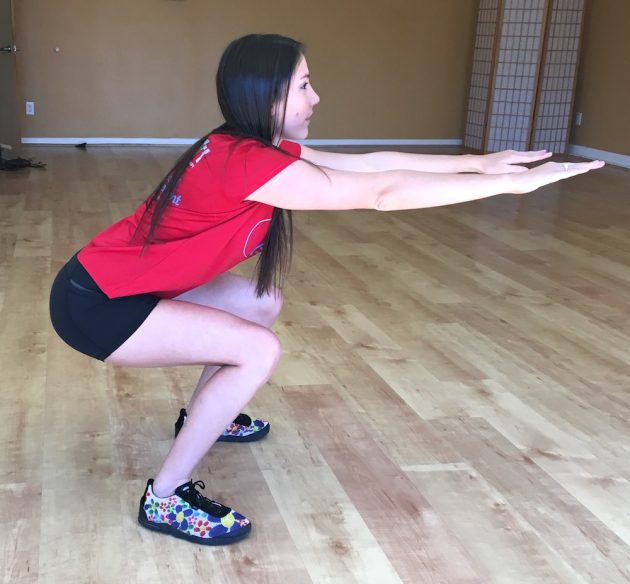
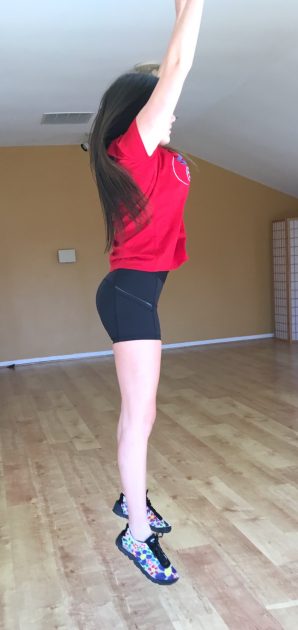
- Two-minute rest
- Skipping: Start with R knee at hip height with R heel close to your bottom, jump up from L leg as high as you can, landing softly on L leg. Switch legs. 10 reps in place, 10 reps forward, 20 reps left to right – landing and taking off from your left leg while on the left side of a line, and your right leg while on the right side
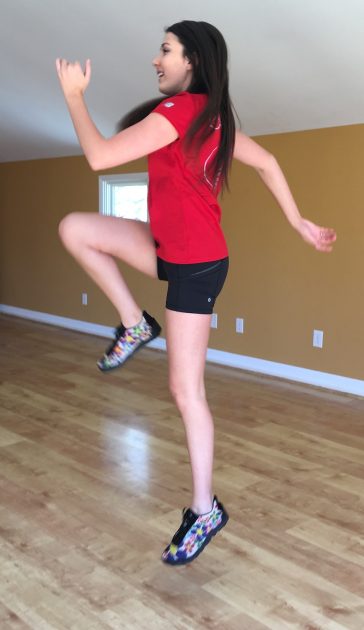
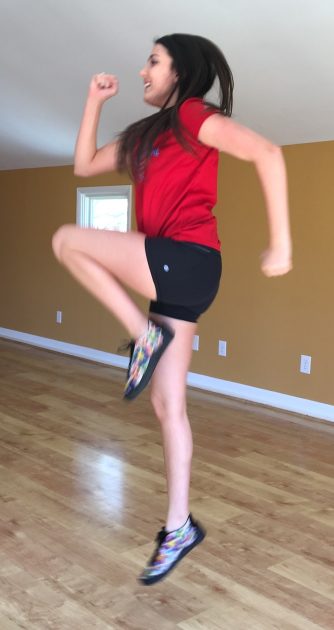
- Two-minute rest
- Scissor Lunge: Begin in a full lunge, leap into the air and switch leg position. 10 reps x 2 sets, 15 sec rest between sets
This program can be progressed to include single leg hopping, depth jumps from step, and leapfrog jumps forward. Keep it fun, intense, and short. Enjoy your new strength and power.
I will see you out there!
# # #
Smruti Shah, DPT is a physical therapist at ATI in Carrboro. She loves working with the endurance athlete community, marathon running, and hanging out with her husband , two daughters, and fluffy dog.


